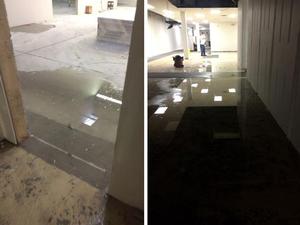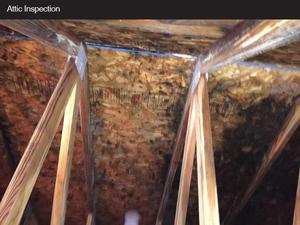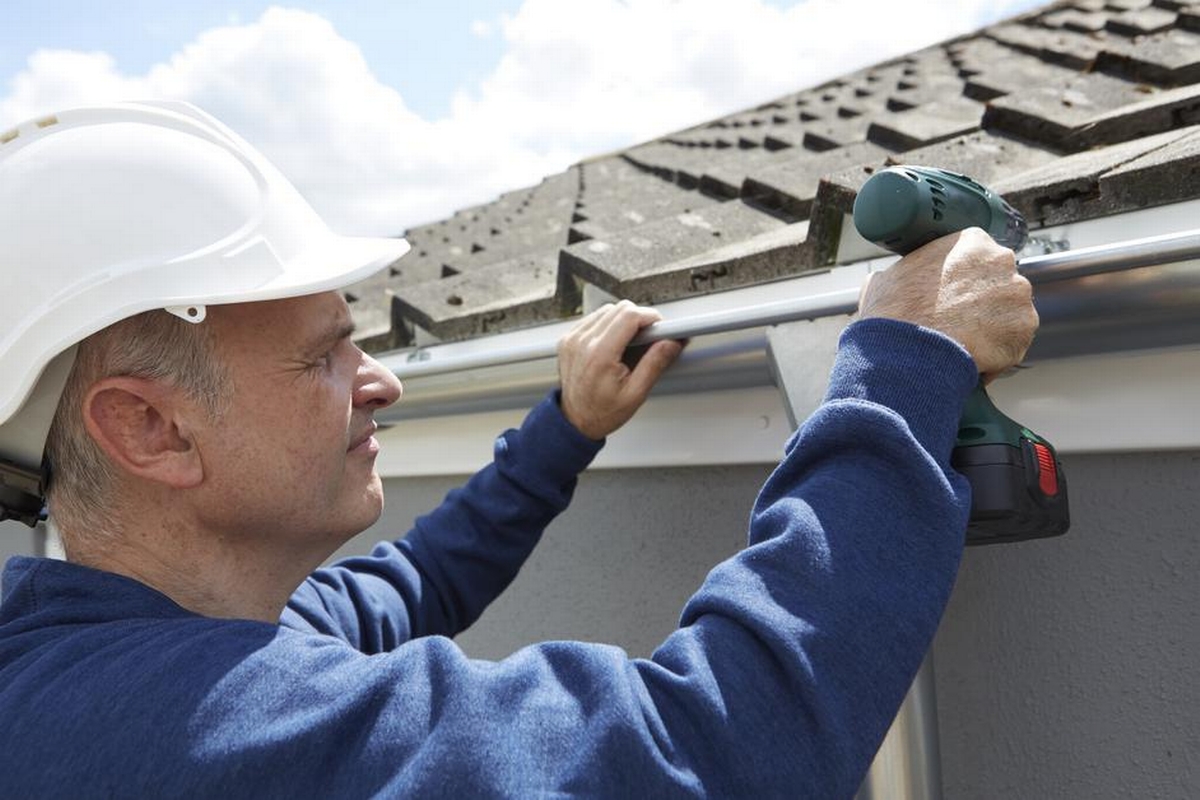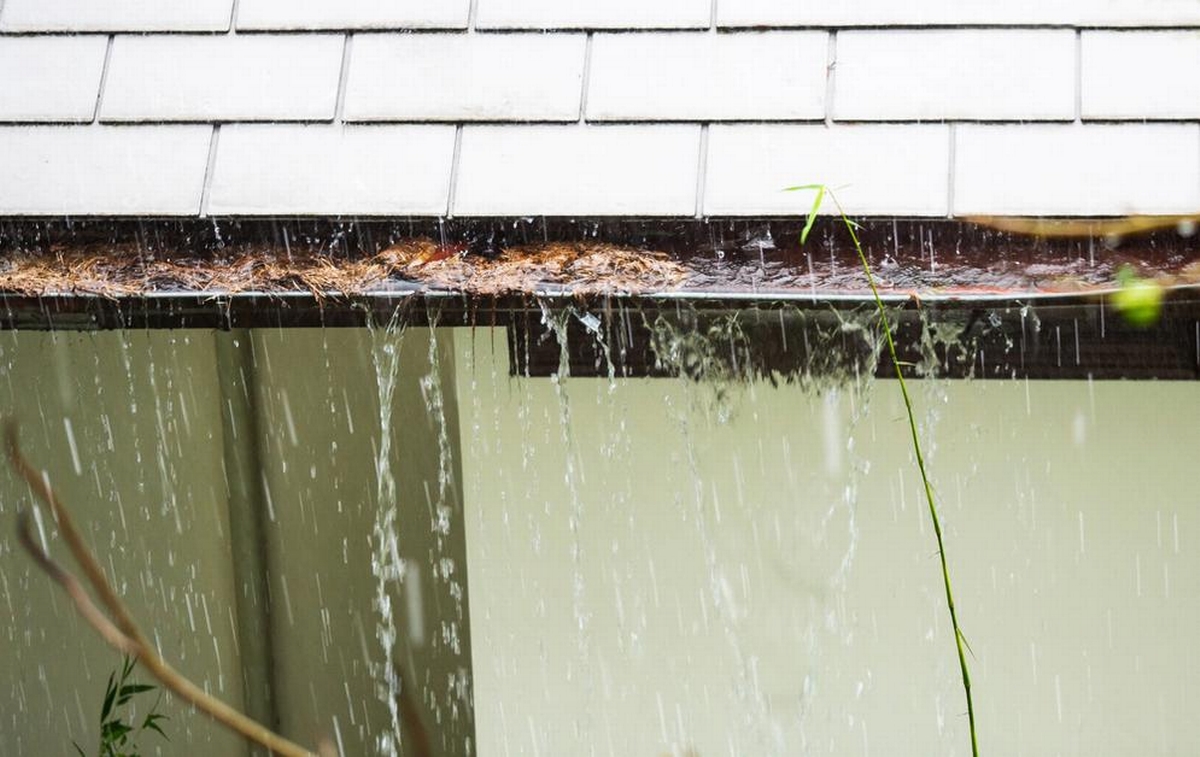Ways To Safeguard Your Basement From Water Damage And Restoration

Basements are the most common type of foundation in Michigan homes. In fact, the frost line in Troy and surrounding areas in Michigan is approximately 42 inches underground, which makes basements an ideal choice for homes in the area. The downside to basements is that they flood more than any other area in the home. This is because they are, by definition, the lowest area of the home. Insurance industry claims prove that 97% of basements will end up sustaining some type of water damage. So, how can you help to prevent water damage from occurring in your own basement? The water damage restoration experts at On-Site Specialty Cleaning + Restoration have some tips on ways you can help safeguard your basement from water damage.
Water Damage Restoration In Troy
1. Check your landscaping and lawn grade
If your yard slopes toward your home instead of away from it, your basement is going to flood. Water will always travel the path of least resistance, and when it rains all of that water needs a place to go. When sloped toward your home, water will run right toward your foundation, and that is where it will pool up. Any leaks or cracks in your foundation will allow water to seep into your home. When the ground around the foundation becomes too saturated, the water will be pushed into your basement. If you notice that your lawn grade is toward your home, consider changing your landscaping and having it slope away from your foundation.
2. Keep your rain gutters clean and clear of any blockages
Sticks, leaves, dirt, and all other sorts of debris tend to find their way into rain gutters. If not regularly cleaned out, this can cause blockages. Blockages will cause water to overflow, run down your home, pool at the foundation, and potentially flood into the basement. When not able to drain correctly, gutters are not able to direct water away from your home. In order to prevent any clogs or blockages in your gutters, you should clean them out in the spring and then again in the fall.
3. Make sure your downspouts are leading water away from your home
A lot of downspouts are connected directly to the footer or end right above the ground around your foundation. If this is the case for you, then add some length to your downspouts so that the water is directed further away from the perimeter of your home (at least 3 feet, but more if possible). You should direct water toward lawn areas that are graded away from your home so that water does not flow back toward your foundation.
4. Install a sump pump and backup system
If your basement doesn't already have a sump pump, get one. By installing a sump pump in your basement, you can prevent water from rainfall from filling up into your basement. Sump pumps act like a floor drain by removing any water out of your basement and the surrounding foundation and redirecting it away from your home. It is also a good idea to have a backup sump pump that is either battery-operated or on a generator so that it can kick on if the first one goes out.
Even after following every precaution out there, water damage can still affect your home. When you need water damage restoration, whether in your basement or anywhere else in your home, call On-Site Specialty Cleaning + Restoration right away.



